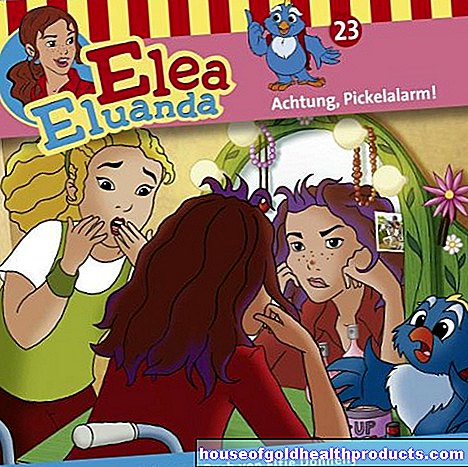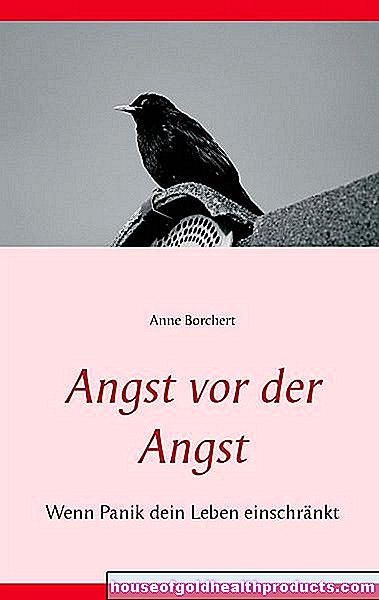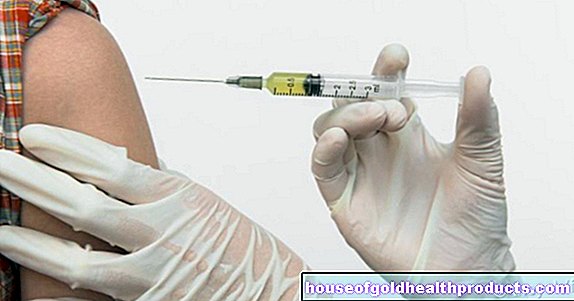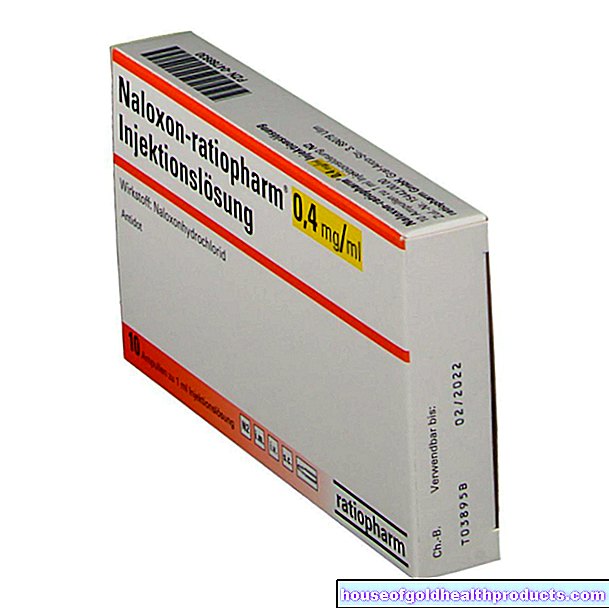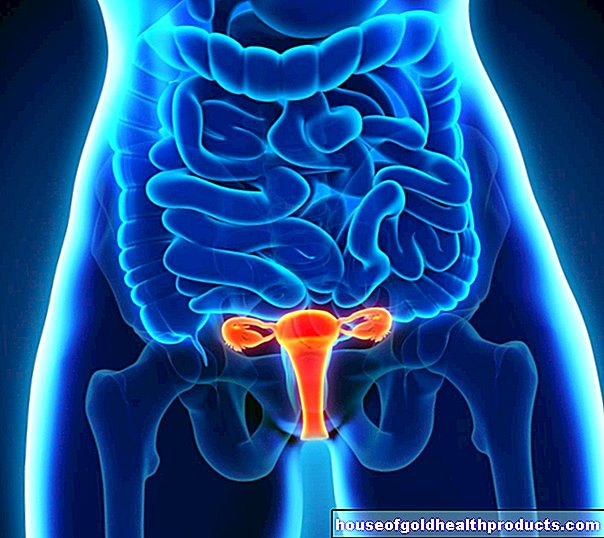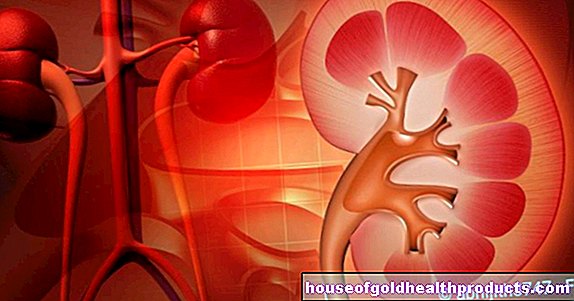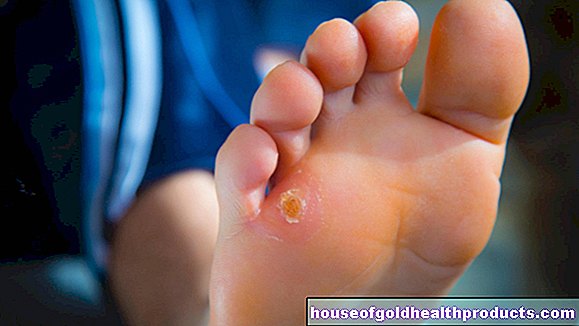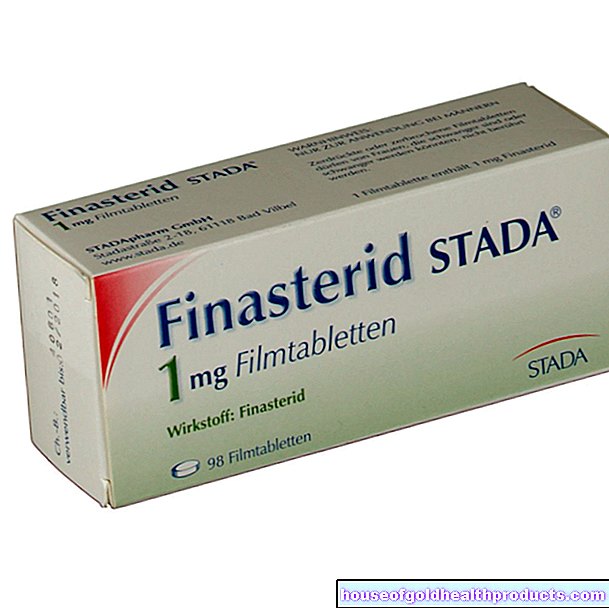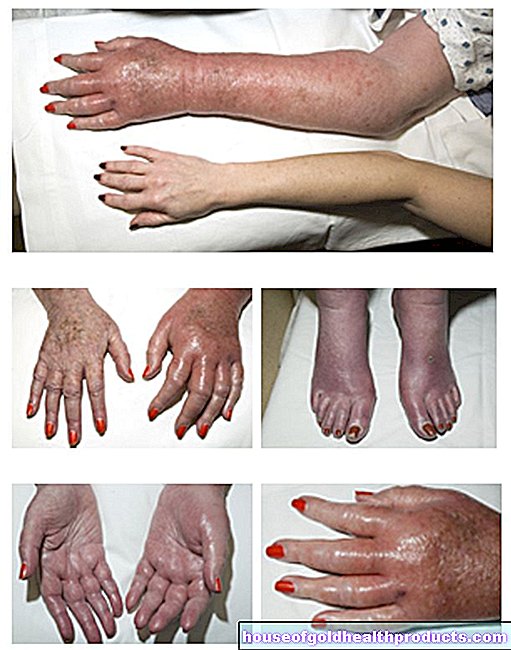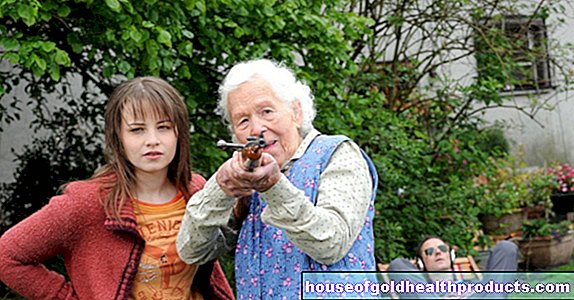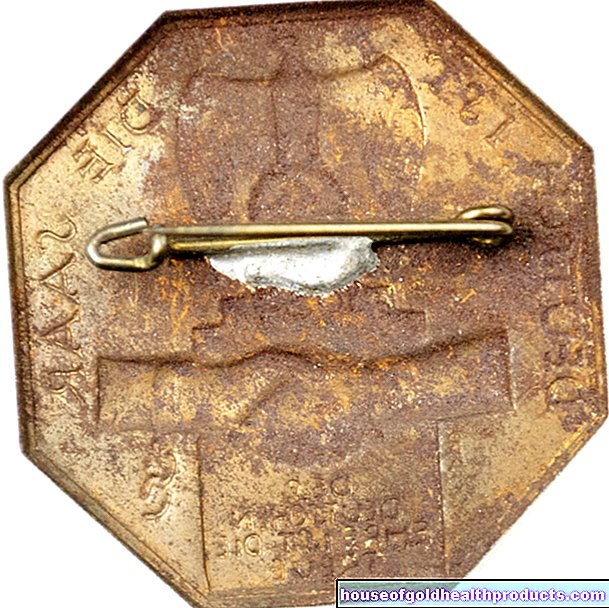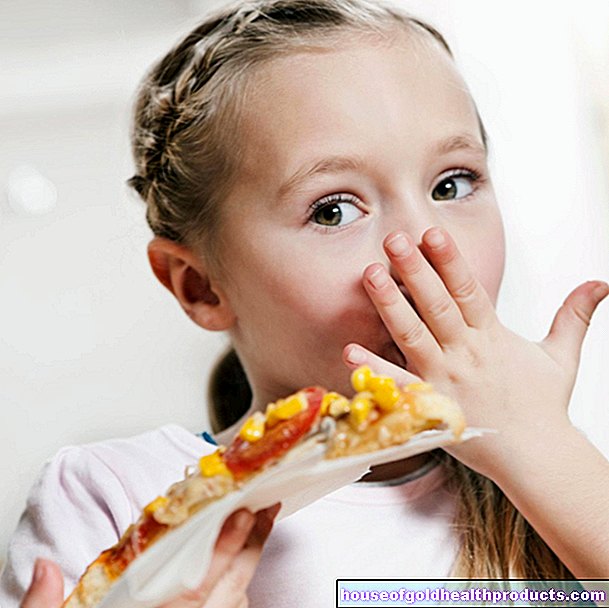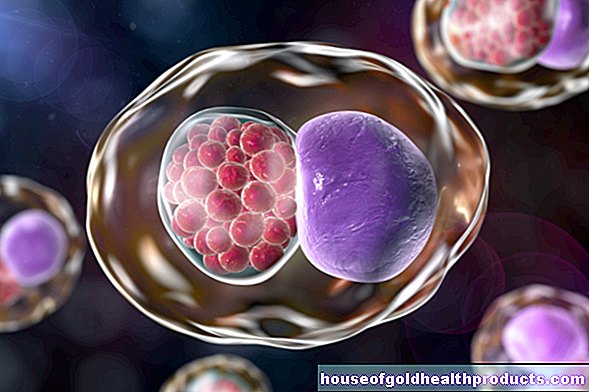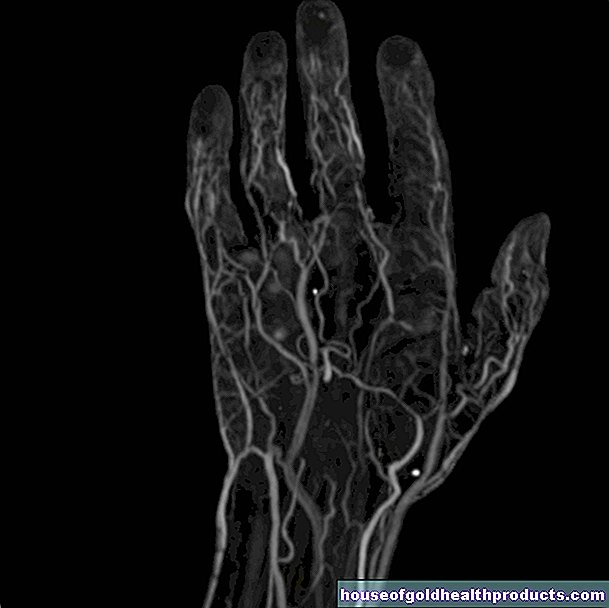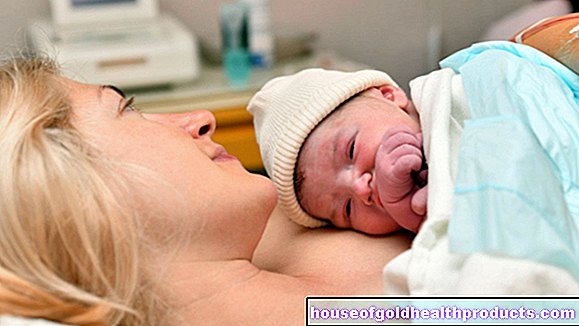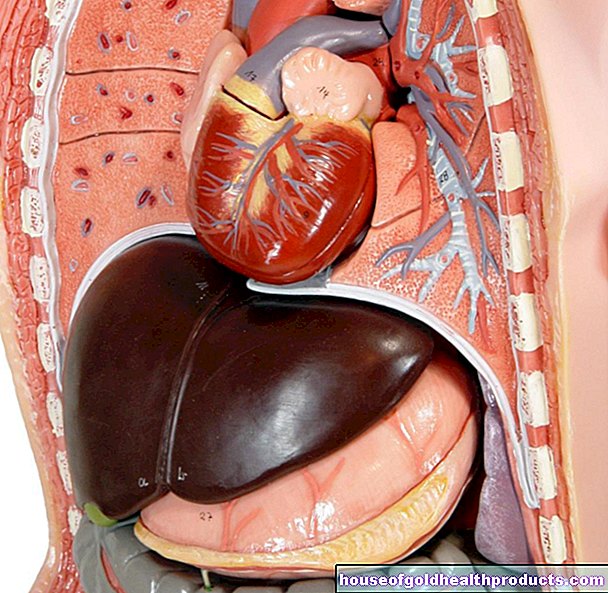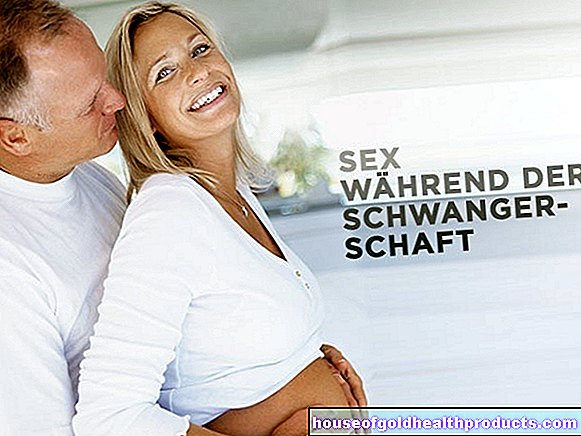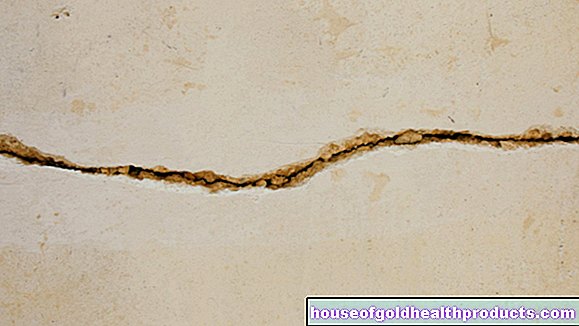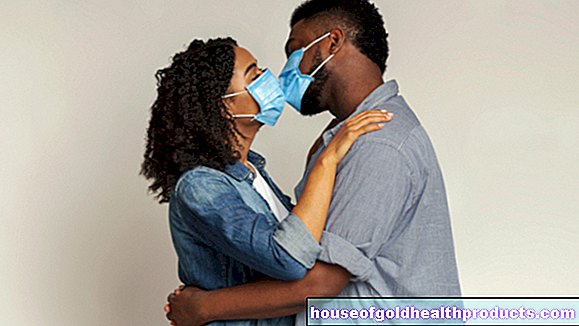HPV vaccination significantly reduces the risk of cancer
Lisa Vogel studied departmental journalism with a focus on medicine and biosciences at Ansbach University and deepened her journalistic knowledge in the master's degree in multimedia information and communication. This was followed by a traineeship in the editorial team. Since September 2020 she has been writing as a freelance journalist for
More posts by Lisa Vogel All content is checked by medical journalists.The HPV vaccination works: Since vaccination against cervical cancer became a routine vaccination in Scotland in 2008, the risk of cancer for women has decreased significantly. You have fewer abnormal cells on the cervix - a major risk factor for cancer.
Vaccination against human papillomavirus (HPV) is already routine for 12 to 13 year old girls in Scotland. Infection causes cells in the cervix to degenerate. The vaccination program introduced in 2008 therefore calls on all girls up to and including the age of 18 to be vaccinated against the pathogen. A pie that pays off: Immunization at a young age can reduce the risk of cervical cancer in adulthood - and significantly.
HPV vaccination protects against dangerous viruses
Scientists around Dr. Tim Palmer of the University of Edinburgh analyzed data from nearly 139,000 women. "Previous studies suggest that the vaccine protects against the most carcinogenic HPV types 16 and 18," the researchers write. These viruses are responsible for 70 percent of all cervical cancers.
The researchers looked at women who were born between 1988 and 1996. The cohorts 1988 to 1990 were already too old for immunization, remained unvaccinated and served as a control group. Women born between 1991 and 1994 received the vaccination between the ages of 14 and 17 years. The youngest group, born between 1995 and 1996, were routinely vaccinated between the ages of twelve and thirteen.
Smear shows cancer risk
A smear at the age of 20 was used to examine how many degenerate cells the women had on the cervix. Doctors refer to such changes as cervical intraepithelial neoplasia (CIN). The researchers divide the CIN into the severity grades CIN 1, CIN 2 and CIN 3. The higher the grade, the more likely it is later to develop cancer. CIN 3 corresponds to a profound change - a precancerous stage.
Less pre-cancerous stages after vaccination
If the vaccination was carried out at a young age (twelve to 13 years of age), the proportion of women with CIN 3 compared to the unvaccinated decreased significantly - by 89 percent. The immunization also reduced the number of CIN 1 and 2, by 88 and 79 percent, respectively. "The younger the women are when they are vaccinated, the more effectively they are protected," the researchers conclude.
In addition, the scientists were able to show that the unvaccinated also benefit: Thanks to the herd protection created, the scientists found less degenerate cells in the smear even in unvaccinated women of the age groups.
Vaccination for boys too
The Standing Vaccination Commission (STIKO) at the Robert Koch Institute recommends HPV vaccination for all girls and boys between the ages of nine and 14. The vaccination should be given before the first sexual contact. The viruses are transmitted during unprotected sexual intercourse. Almost everyone becomes infected with the pathogen in the course of their life. The infection often goes unnoticed.
200 different types of HPV
About 200 different human papilloma viruses are known. They mainly colonize the skin and the mucous membranes. The viruses can mainly cause cervical cancer, but also cancer of the vulva, vagina, penis, anus and mouth.
Tags: dental care gpp pregnancy birth
